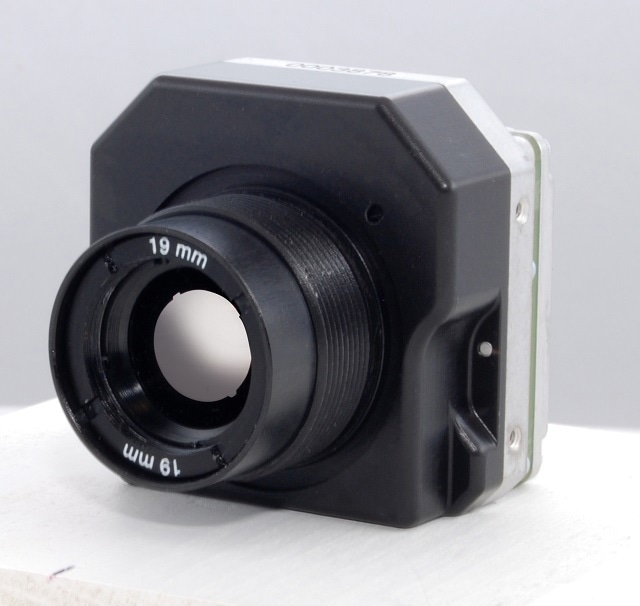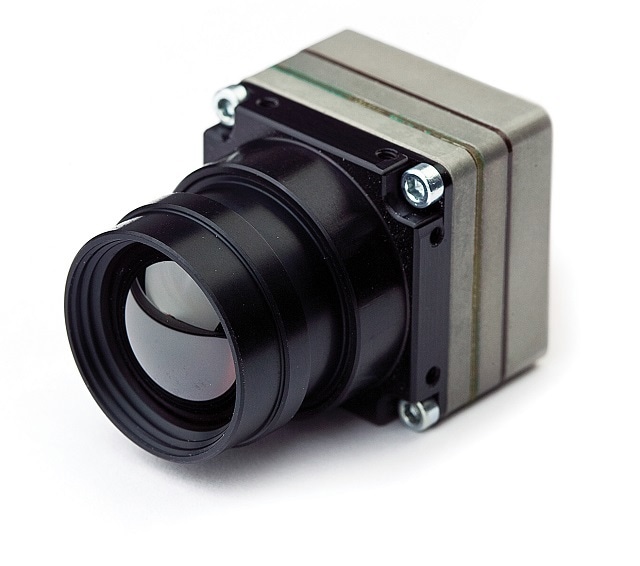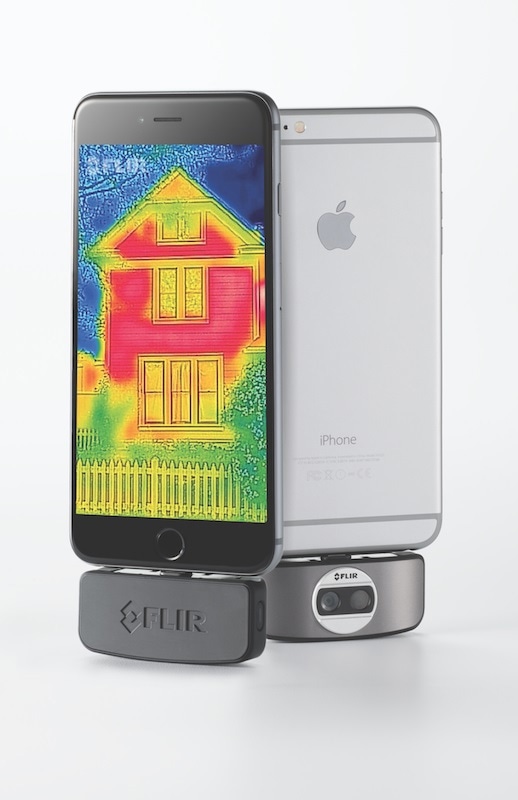Can you please give us an overview of the thermal camera cores market and where FLIR fits into this?
FLIR is the market leader in thermal imaging and we’ve developed the commercial market from scratch over the past 40 years. The main developments found their origin in the military market and found their way into the commercial markets. Our commercial market started out with the thermography division where our thermography cameras demonstrated excellent temperature measurement in R&D and industrial applications. From there we were able to develop a variety of different markets.
We had a large presence at the IFSEC security show in London last June, demonstrating our latest developments in thermal security cameras.
We have also developed the maritime market, hand held market for hunters specifically, and for outdoor sport activities, and night time activities. FLIR has developed different vertical markets and the cores group that I work for is driving all of those verticals with these cores. Our cores are basically the engine for every single vertical market.

FLIR Lepton®
Why are thermal cores important to the industries and the customers you serve?
Our cores are at the heart of many systems. It’s important that we deliver a sensitive core that delivers the best image quality. Our experience over the years and the variety of versions we can deliver has meant we can offer a superior image quality for every application. I think it’s very important for our customers to be able to get the best image quality that is available on the market.
Thermal imaging has been a key technology used by many industries for decades. How have thermal cores been a part of that development?
The technology is continually developing year on year. We came from a 38 micron pixel pitch photon camera block which was bigger and bulkier than what you see now. It’s about the size of the pathfinder and was the first camera core that we brought to market in 2006-2007.
The Tau camera core was a milestone. The core which was based on a 25 micron pixel pitch, was cheaper to build and required smaller lenses, a significant decrease in costs. Everything got smaller and therefore more affordable for the customers. Since then the technology has continually evolved from 25 micron to 17 micron pixel pitch as seen in the second generation of the Tau, we call it Tau2.

Tau® 2 Uncooled Cores
Since then we have developed even smaller cores, even going down to a 12 micron pixel pitch design used in the second generation of our Lepton camera. Also future core developments within FLIR Systems will make use of the 12micron pixel pitch technology.
What key advantages do your thermal cores offer users?
Two of the key advantages are their ability to measure temperature and to see in total darkness. These are key drivers for our customers using thermal imaging. You have the ability to have the same image under various light conditions, day or night.
Of course temperature is very important, so sunlight has some effect in what you see and how the image looks, but in most cases you see an obvious thermal contrast. This contrast is unlikely to change during the day or at night.
Visual cameras are limited to visible light and often people/ objects can be hidden by shadows. If you are behind a tree you can hide in the shadow of that tree and a visual camera won't pick you up. With a thermal imaging camera you cannot hide in the shadow because your body heat will always be shown as a different temperature than the tree for instance. That’s a major advantage of using image algorithms for image processing. Thermal imaging will always detect a person under any condition.
What recent developments have FLIR made in its own thermal core range?
We've developed a number of cameras coming from the cores that we have. From the Tau core to the Quark core, technologies are driven by the various markets we serve. For example, the Quark core was developed as a tiny little core for unmanned aerial vehicles, UAV markets, and drones. But most of the other cameras we offer are modular system that can be used in various markets. We use the Tau core in our hand held cameras, for the maritime cameras, for the security cameras, and we also sell them off to individual, cores only applications.

Quark® 2 Uncooled Cores
The core development over the years has been driven by making cores smaller, making it more lightweight and using less power. We always say size, weight and power are the key drivers to the technology we develop. We want make it smaller, lighter, and drawing less power so we can deliver a superior product at reduced cost to our customers and their customers.
Are there any recent case studies that you can tell us about?
The case studies are becoming more diverse and we are gaining more attention from commercial markets. We see people using thermal imaging cameras for various applications we have never thought about before. The traditional commercial markets for us have always been the thermography market, the security, maritime and hand-held market.
One of the latest market developments is the UAV and drone market. We’ve seen more and more people buying drones from four to five hundred dollars up to tens of thousands of dollars. The four, five hundred dollar drones are getting attention from lots of people that like them as a gadget or would like one at home. We have seen people becoming more interested in using drones with thermal imaging cameras to inspect their homes and see the heat loss zones. We have recently introduced a specific camera core which is called the FLIR Vue for the drone market. All the other camera cores that we have are more generic and they can be used for various applications, the FLIR Vue is intended for the UAV/Drone market only.
What are we likely to see in the future from FLIR and the thermal core range?
I think it very much depends on how the consumer market will respond to this technology. The FLIR One that was introduced about a year ago has already seen tremendous interest from the consumer market. Lots of people have bought it, it’s currently available in the Apple store and several online stores. More and more apps are coming out now that will transfer a smartphone in a powerful thermal imager.
The new FLIR One is the second generation and has a much higher resolution, better form factor and it fits on to more phones including android platforms. We predict there will be big boost in app development in response to this technology. In the near future we are certain there will be apps available for every individual in and around the home or various use cases. So it will more become a commodity in the near future.

FLIR One
Where can our readers learn more?
They can learn more on our website.
About Martin Bouman

Martin started working for FLIR in 2002 as Sales Engineer. After 3 years Martin changed job within the company and moved into a full time sales function in the thermography business of FLIR Systems.
In 2008 Martin took the opportunity to move to the OEM division, getting responsibility for the whole of Europe.
Currently Martin acts as Director for the OEM sales division in EMEA.
Disclaimer: The views expressed here are those of the interviewee and do not necessarily represent the views of AZoM.com Limited (T/A) AZoNetwork, the owner and operator of this website. This disclaimer forms part of the Terms and Conditions of use of this website.